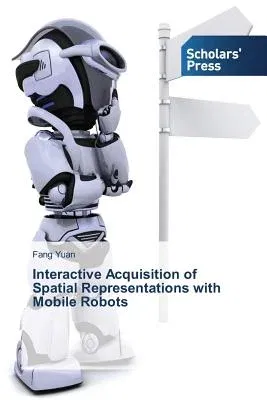Yuan Fang
(Author)Interactive Acquisition of Spatial Representations with Mobile RobotsPaperback, 11 March 2015

Qty
1
Turbo
Ships in 2 - 3 days
In Stock
Free Delivery
Cash on Delivery
15 Days
Free Returns
Secure Checkout
Print Length
168 pages
Language
English
Publisher
Scholars' Press
Date Published
11 Mar 2015
ISBN-10
3639511174
ISBN-13
9783639511178
Description
Product Details
Author:
Book Format:
Paperback
Country of Origin:
US
Date Published:
11 March 2015
Dimensions:
22.86 x
15.24 x
0.99 cm
ISBN-10:
3639511174
ISBN-13:
9783639511178
Language:
English
Pages:
168
Publisher:
Weight:
254.01 gm

